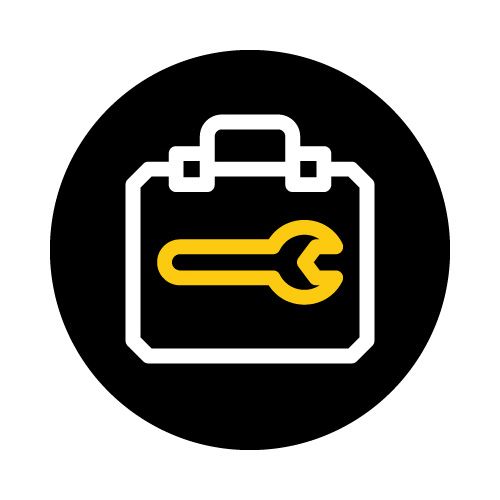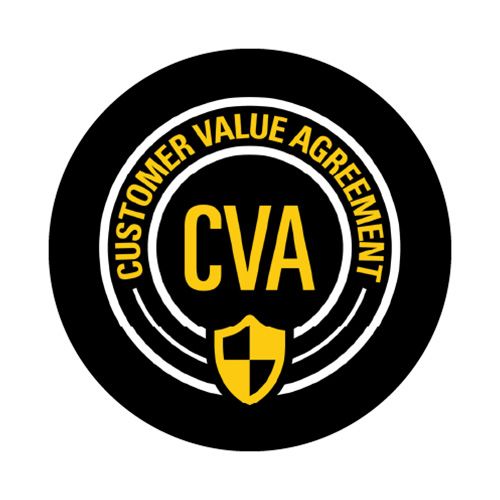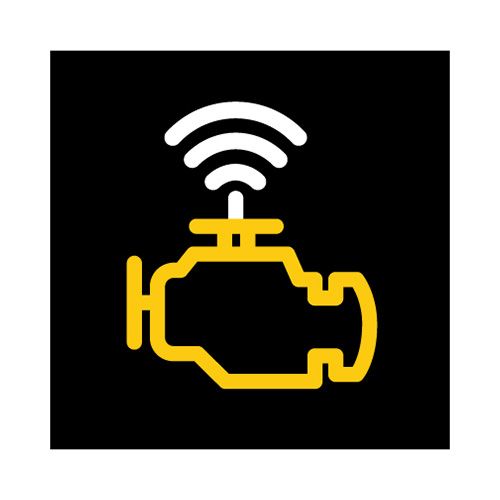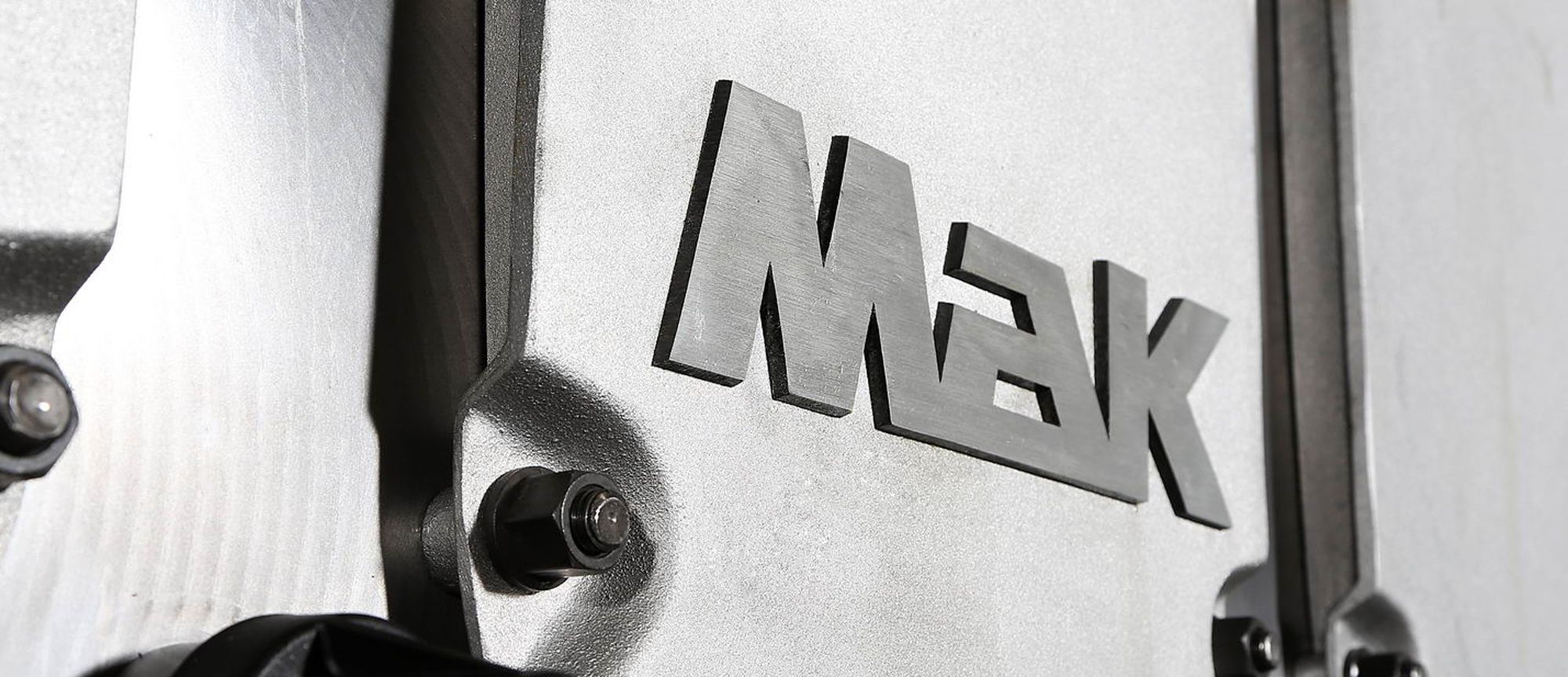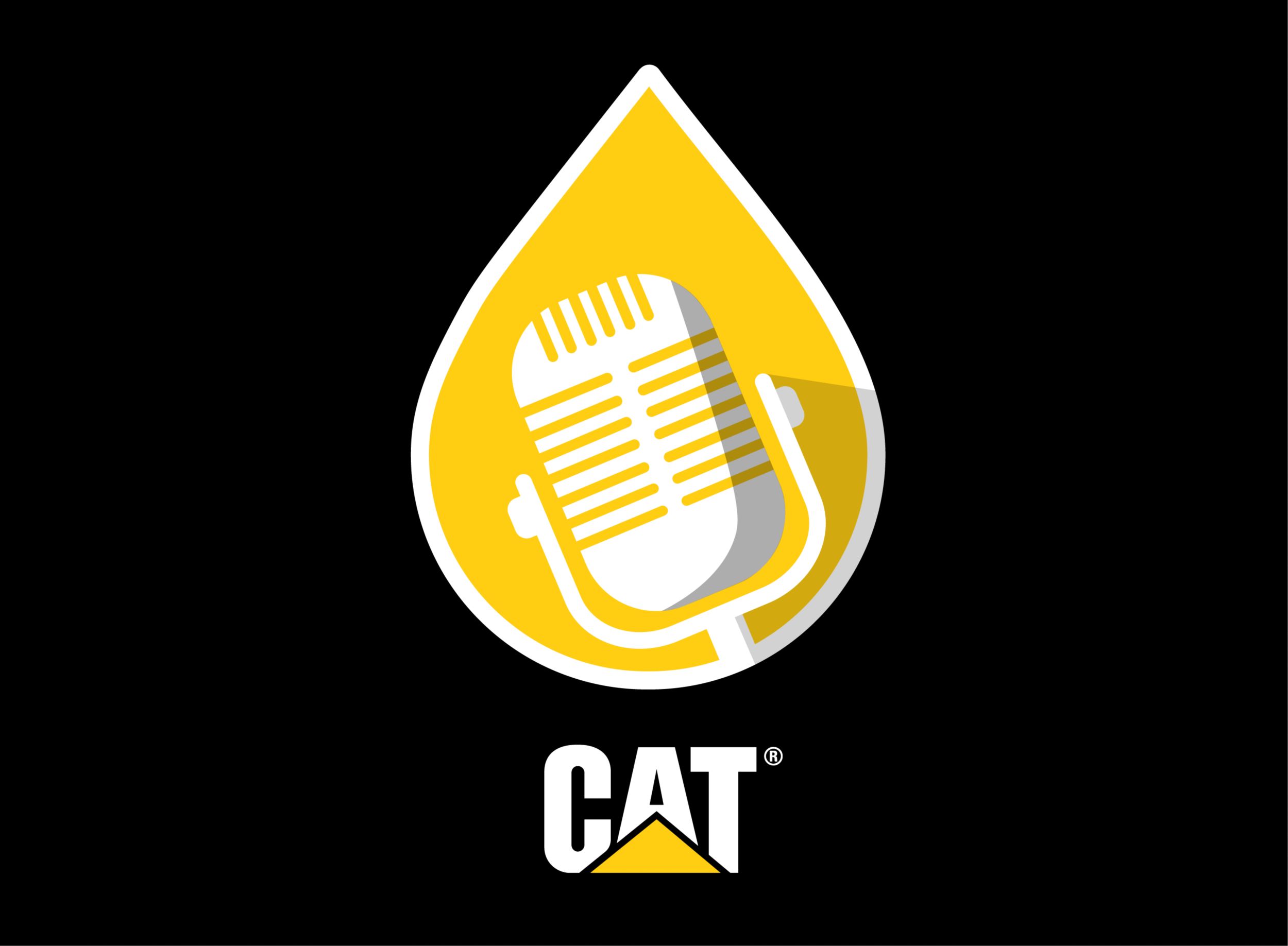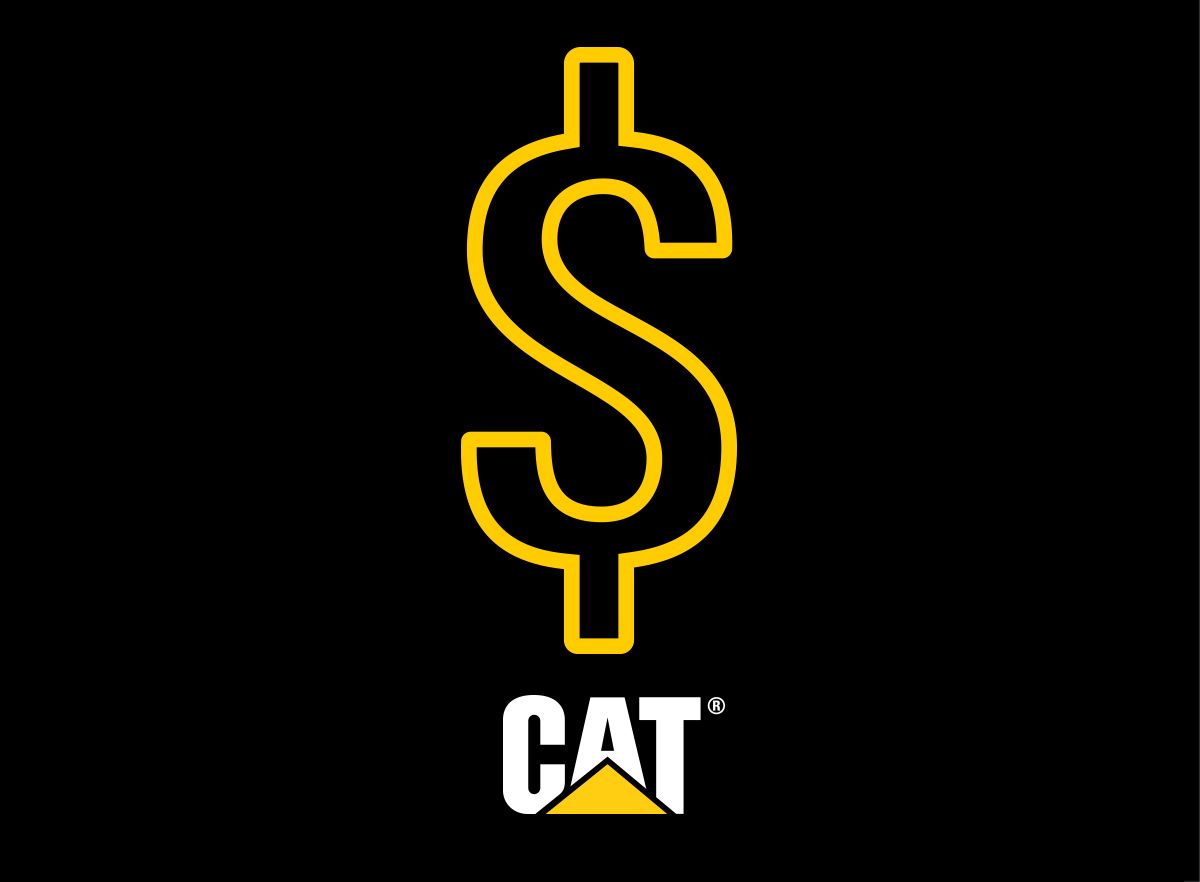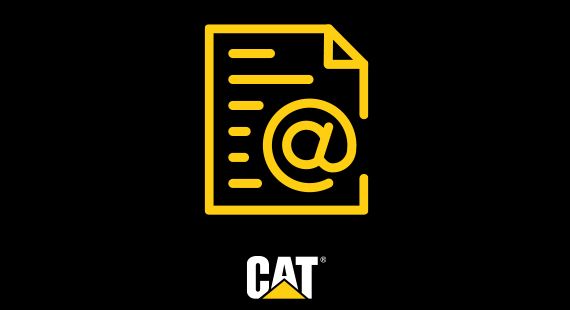

Sign In
Welcome! Sign In to personalize your Cat.com experience
If you already have an existing account with another Cat App, you can use the same account to sign in here
Register Now
One Account. All of Cat.
Your Caterpillar account is the single account you use to log in to select services and applications we offer. Shop for parts and machines online, manage your fleet, go mobile, and more.
Account Information
Site Settings
Security
Lip Seal For Turbocharger
For the past 25 years, turbochargers have been one of the core technologies of modern marine diesel engines. The improvements to OEM (Original Equipment Manufacturer) components, designed, tested, and manufactured bring benefits to you as owners and operators for the lifetime of your engine.
One of the results of changes to the voyage pattern of vessel operations has been lower ship speed or “slow steaming,” which can cause problems for engines, turbochargers, and air systems. Under these conditions, engines and It's turbochargers can benefit from a better sealing arrangement.
While engine performance is not affected by slow steaming, the lower operating speed of the turbocharger does not produce sufficient sealing air for the shaft seal. This means that lubricating oil may leak past the piston ring into the area behind the turbine wheel. Oil leakage can rapidly lead to a significant accumulation of dense deposits between the bearing housing and the rear of the turbine. Consequential wear or damage to the sealing area and back of the turbine wheel may result in significant malfunction if the conditions persist. After repeated periods of extended low-load operation, the risk of oil leakage past the piston ring seal is increased.
This can be prevented by introducing a contact-type seal or lip seal, which is designed to overcome low-load operating conditions. Compared to a piston ring, this solution ensures an effective seal during continuous slow steaming. The turbocharger lip seal is specially designed with materials chosen to minimize wear to the running surfaces of the shaft. It has proven to have a long and reliable lifetime between major overhauls.
The turbine washing device is also available as an upgrade kit for your M 32 C engine. Even when specified cleaning procedures are followed accurately, the desired washing success on the turbine side is not always achieved. One of the most frequent causes of unsatisfactory washing success is sooting of the corner valve that prevents it from being completely opened. By moving the 3-way valve out of the hot area, ease of operation and functionality are significantly increased, and the sensitivity to failure is strongly decreased. Integrating the flushing pipe into the cleaning line decreases the probability of sooting the nozzles in the exhaust bend. In addition, the alternative variant is considerably more affordable and offers a technically superior and cost-efficient turbine cleaning solution.
PRODUCT SUPPORT

Our high-performing quality marine engines and power solutions receive product support backed by our global dealer network. No matter where your vessels operate, you can count on our dealers' expertise to keep your machine running productively and profitably. Find what you need to ensure your ship operates at peak performance.
DIGITAL SERVICES

Cat® Marine Digital Services enables you to improve the most critical aspects of your operations.








